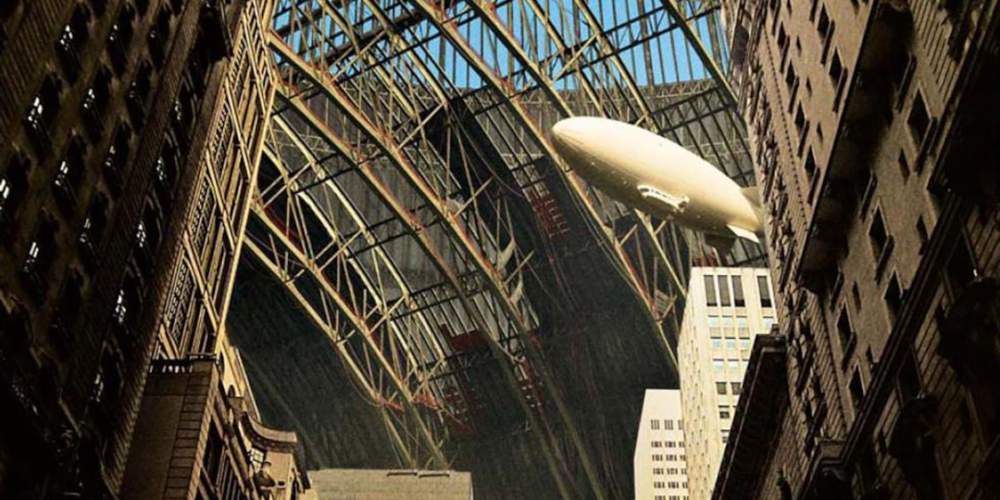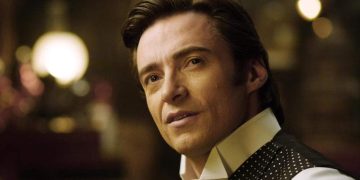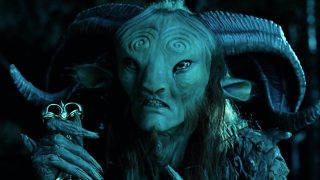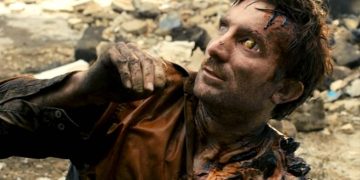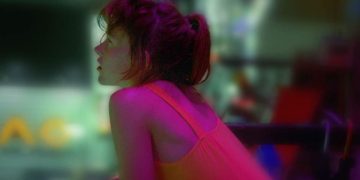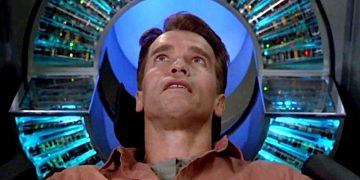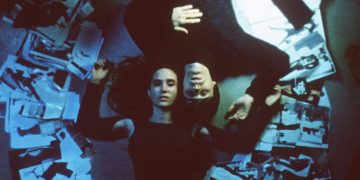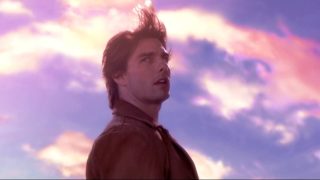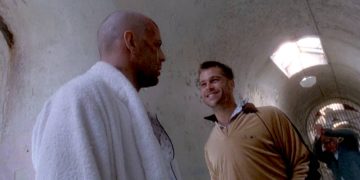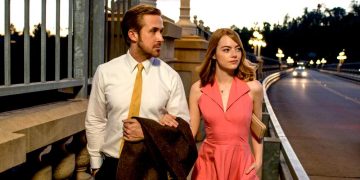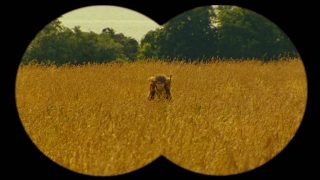You've probably seen that Salvador Dalí painting of melting clocks in the desert, right? Dalí was one of many surrealist artists in the 1920s, alongside others like René Magritte and André Breton.
The surrealism movement was known for its absurdist and nonsensical interpretations of reality—interpretations that were often dreamlike, erotic, and disturbingly unnerving.
That avant-garde style spread into all forms of art, including paintings, poetry, sculptures, and film. There are still traces of surrealist culture in modern movies (even if surrealism itself is a niche genre).
Here's a complete beginner's guide to surrealism in movies and the curious elements that drive it, explained using several iconic and important films from over the years.
Luis Buñuel and the Origins of Surrealism
Surrealism was an evolution of the Dada movement, which flourished in early 20th century Paris. Dadaism was an avant-garde reaction to World War One that was very much anti-war and anti-bourgeois.
Dadaism's radical left-wing politics and rejection of logic gave birth to what we now recognize to be surrealism.
The Spanish-Mexican filmmaker Luis Buñuel was one of the first to pioneer surrealism in movies. He's essentially the Dalí of cinema, having directed one of the most shocking films ever made: Un Chien Andalou, the first surrealist movie.
After single-handedly changing cinema, Buñuel went on to direct many famous surrealist films throughout his revolutionary career, including Le charme discret de la bourgeoisie (The Discreet Charm of the Bourgeoisie) in 1972 and Le fantôme de la liberté (The Phantom of Liberty) in 1974.
13. Un Chien Andalou (1929)
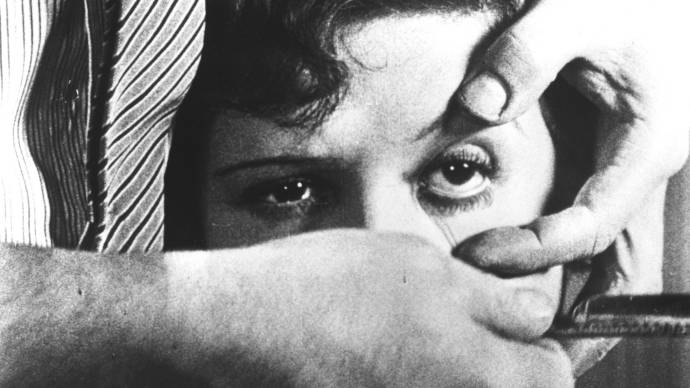
Directed by Luis Buñuel
Starring Pierre Batcheff, Simone Mareuil, Luis Buñuel
Short, Fantasy, Horror (16m)
Also known as An Andalusian Dog in English, Un Chien Andalou is a silent French short film that started with a limited release and ended up with an eight-month-long run in the Studio des Ursulines in Paris.
When a film begins with "Once upon a time...," we usually expect a traditional, fairy tale-like plot. However, in Un Chien Andalou, what follows is a disjointed series of random, unrelated events.
These events include a man riding a bicycle while dressed like a nun, a piano with dead donkeys on it, and—most famously—a woman's eye being sliced with a razor.
Un Chien Andalou doesn't even have spatial-temporal awareness, as a title card reading "Eight years later" is followed by a sequence in the same lineal space as before. Some objects and characters seem to link, but not in any way that holds meaning.
Salvador Dalí co-wrote the short film with Buñuel, who based the images off their own dreams. Buñuel expected a riot to ensue during his first screening, but instead became the first filmmaker officially welcomed into André Breton's surrealist gang.
Un Chien Andalou is now in the public domain and is free to watch for anyone who has access to YouTube.
12. L'Âge d'Or (1930)
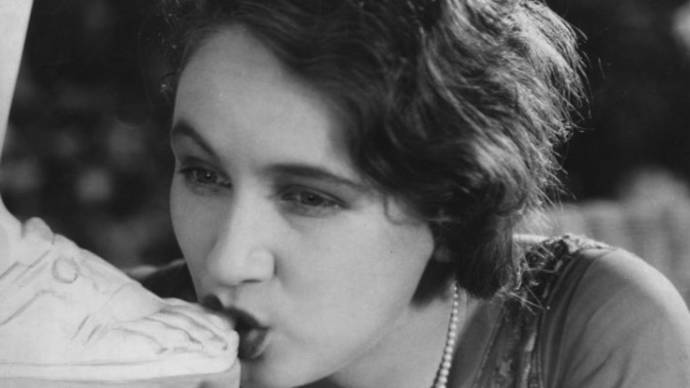
Directed by Luis Buñuel
Starring Gaston Modot, Lya Lys, Caridad de Laberdesque
Comedy, Drama (1h 3m)
Luis Buñuel and Salvador Dalí were commissioned to make a sequel to Un Chien Andalou, but not in the way we know sequels today.
As there was no plot to follow up on, the connection comes from its free association narrative style and visuals that are intended to shock and disgust the bourgeoisie.
Buñuel was thoroughly irritated when Un Chien Andalou was received as a hit in the high Parisian society that he was attacking (even if its success meant financing for a sequel).
L'Âge d'Or uses perverted sexual and religious images—like sucking the toes of a statue and decorating a crucifix with scalps—to mock the conservative repression of bourgeois society.
Surrealism is nothing if not subversive and daring, so L'Âge d'Or is the perfect representation of the Dada-inspired movement that's been praised by the likes of Pablo Picasso and David Bowie.
David Lynch and Modern Surrealism
The following three movie examples on our list were all created by director David Lynch. He's the contemporary revivor of surrealism, using meditation and dreams to inspire his senseless worlds.
David Lynch is one of the few filmmakers who still uses the surrealist mode of address and has become world-famous for his peculiar, offbeat stories. Best known for his absurd TV series Twin Peaks, let's look at his three most surrealist movies.
11. Blue Velvet (1986)
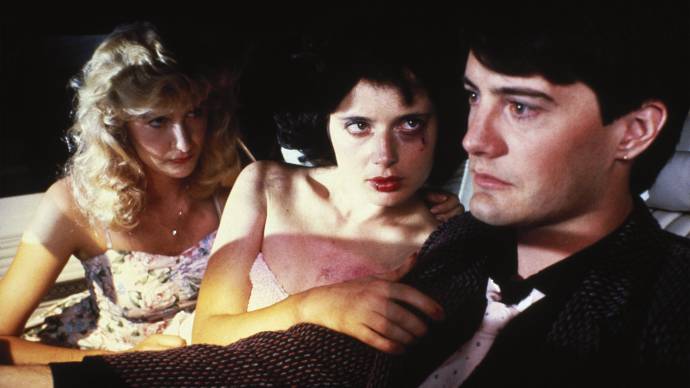
Directed by David Lynch
Starring Isabella Rossellini, Kyle MacLachlan, Dennis Hopper
Crime, Drama, Mystery (2h)
David Lynch tends to sway toward the crime-mystery genre, as the shadowy characters and ambiguous plotlines perfectly match the tone of surrealism. After all, surrealists favor the subconscious over the conscious, dreams over reality, darkness over light.
Blue Velvet taps into this idea and stirs up controversy with its unsettling sadomasochistic themes.
Dennis Hopper stars as the twisted drug lord Frank Booth, who forces lounge-singer Dorothy (played by Isabella Rossellini) into sex slavery.
College grad Jeffrey (played by Kyle MacLachlan) ends up entangled in their illicit world, which grows darker and weirder with each scene.
The extremity of violence and erotica in Blue Velvet—especially for an 80s film—makes it more than just a little wacky. It's completely and utterly surrealist. Perhaps Dalí would approve.
10. Mulholland Drive (2001)
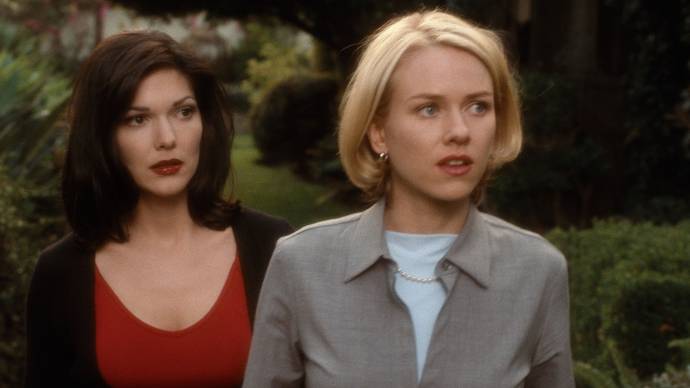
Directed by David Lynch
Starring Naomi Watts, Laura Harring, Justin Theroux
Drama, Mystery, Thriller (2h 27m)
Mulholland Drive isn't as thematically surrealist as Blue Velvet, but the narrative logic (or lack of logic) certainly is.
Lynch has spoken extensively on his daily practice of transcendental meditation to get his creative juices flowing, and this is evident in films like Mulholland Drive. How else could Lynch come up with such intricately bizarre storylines, if not by subconscious exploration?
This mystery-thriller follows the survivor of a car crash (played by Laura Harring) who stays with an aspiring actress (played by Naomi Watts) until she regains her memory.
For a Lynch film, Mulholland Drive starts off relatively normal, but then things get a little... freaky.
It might take more than one watch to fully grasp all the twists and turns of this psychological movie, which blends dreams, reality, imagination, and deception into one surrealist mesh.
9. Eraserhead (1977)
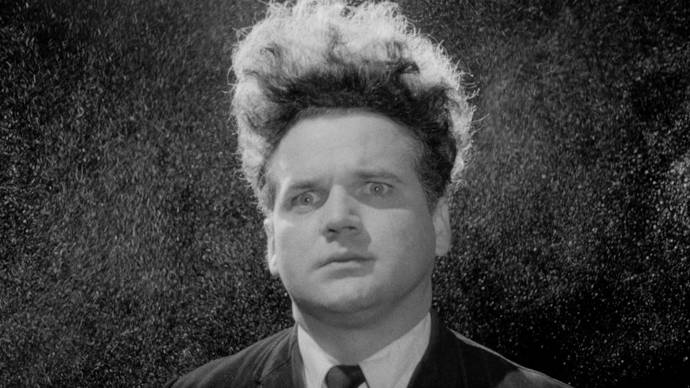
Directed by David Lynch
Starring Jack Nance, Charlotte Stewart, Allen Joseph
Fantasy, Horror (1h 29m)
Lynch's directorial debut was a disturbing black-and-white indie horror starring Jack Nance. Eraserhead opens to the head of Henry Spencer (played by Jack Nance) floating in the sky.
Then, we move from outer space to an industrial landscape where Henry moves into a one-room apartment with his girlfriend and his alien-looking baby.
A whole bunch of wild stuff happens, and Henry discovers the baby has no skin. It's simply a pile of organs held together by a blanket.
Eraserhead is eccentric, to say the least. Lynch certainly came into the film industry with a bang! The atmospherics and grotesque imagery of Eraserhead—alongside the oftentimes nonsensical plot—carves out a unique space for it to occupy in the surrealist indie film world.
8. Trainspotting (1996)
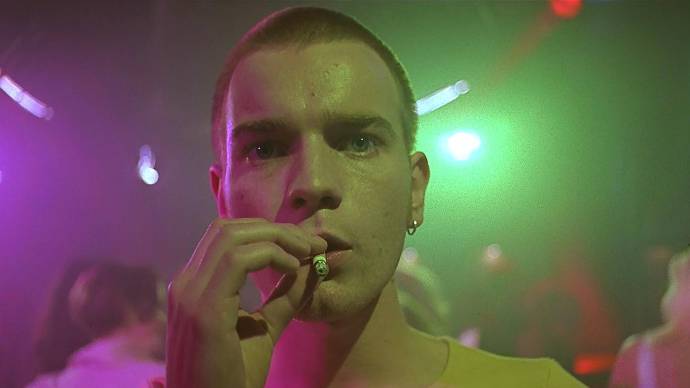
Directed by Danny Boyle
Starring Ewan McGregor, Ewen Bremner, Jonny Lee Miller
Drama (1h 33m)
Trainspotting isn't strictly a surrealist film per se, but it does offer some uncannily surrealist sequences that work as a good stepping stone into the movement.
The film centers on a group of heroin junkies, and Trainspotting uses drugs to explore the frenzied subconscious world.
Examples of surrealist scenes include: a baby crawling on the ceiling, the "Worst Toilet in Scotland" sequence, and the characters' array of nightmarish visions while under the influence of durgs (or when they're suffering from withdrawal).
Danny Boyle's black-comedy is one of the most popular British indie films, mostly thanks to its daring hallucinogenic scenes and its rejection of capitalist society.
If you enjoy the likes of Trainspotting, you're already on the way to appreciating surrealism!
7. Eternal Sunshine of the Spotless Mind (2004)
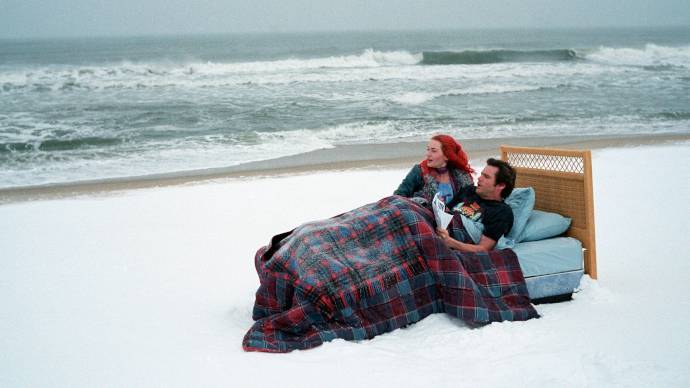
Directed by Michel Gondry
Starring Jim Carrey, Kate Winslet, Tom Wilkinson
Drama, Romance, Sci-Fi (1h 48m)
Michael Gondry uses surrealist imagery as a lens into the human psyche—specifically memory, pain, and love.
Eternal Sunshine of the Spotless Mind follows a dream-like rationale, where Joel Barish (played by Jim Carrey) has the memories of his volatile girlfriend Clementine (played by Kate Winslet) wiped.
Viewers are taken through the vaults of Joel's mind while he undergoes the procedure, venturing through the uncanny landscape of his deepest desires, fears, memories, and hopes.
The surrealist mood of Eternal Sunshine of the Spotless Mind is mostly crafted through its cinematography, with images glitching in fragments. It's a good starting point for surrealism, with more melancholy hopefulness and not as much grotesque darkness.
6. Donnie Darko (2001)
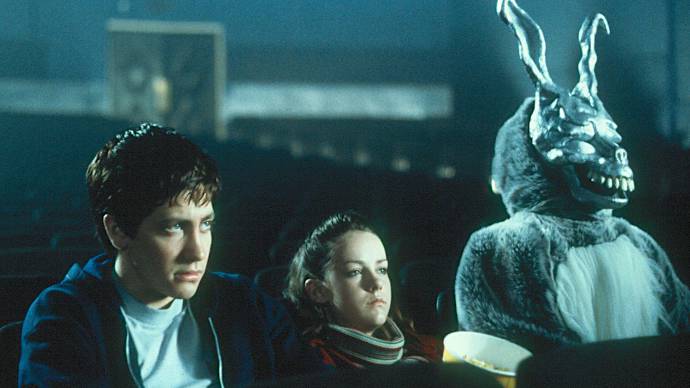
Directed by Richard Kelly
Starring Jake Gyllenhaal, Jena Malone, Mary McDonnell
Drama, Mystery, Sci-Fi (1h 53m)
Donnie Darko generally follows the typical cause-and-effect narrative we've come to know in movies. Well, at least up until the end.
That's when director Richard Kelly takes a surrealist approach and incorporates nonlinear time, with fans still theorizing the finale's meaning two decades later.
Jake Gyllenhaal stars as the troubled teenager Donnie, who sleepwalks and hallucinates his way through high school.
He's the only one who can see Frank, a giant creepy-looking bunny who warns him that the world is going to end in 28 days, 6 hours, 42 minutes, and 12 seconds. What could be more surrealist than a giant talking bunny rabbit?
The "Mad World" of Donnie Darko made it an instant cult classic, eerily skirting on the edges of avant-garde surrealism.
5. Synecdoche, New York (2008)
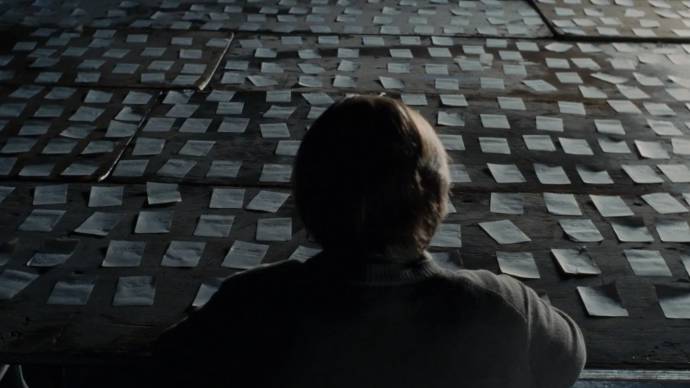
Directed by Charlie Kaufman
Starring Philip Seymour Hoffman, Samantha Morton, Michelle Williams
Drama (2h 4m)
A postmodern psychological drama that blurs fiction with reality, Synecdoche, New York implements surreal-realism. That's sort of oxymoronic, isn't it? But trust us, it's a thing.
Philip Seymour Hoffman stars as theater director Caden Cotard, who becomes plagued with physical ailments.
While his body continuously fails him (yet he somehow remains alive through it all), Caden focuses on his work and spirals into the obsessed artist archetype.
The story world of Caden's stage and the reality of his (increasingly isolated) life begin to fuse together in a semi-surrealist haze. Doppelgangers, meta-references, and Jungian psychology make Charlie Kaufman's movie a truly one-of-a-kind must-watch.
4. Beau Is Afraid (2023)
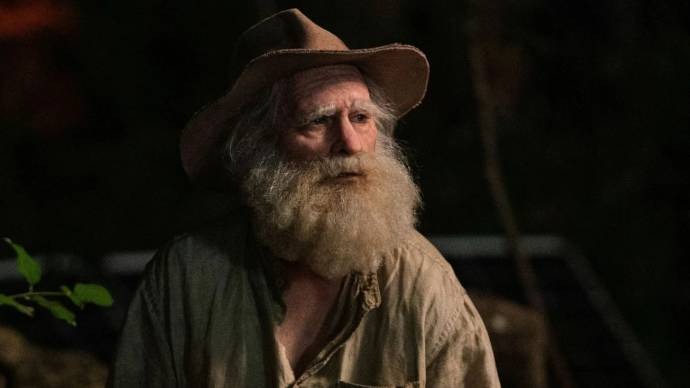
Directed by Ari Aster
Starring Joaquin Phoenix, Patti LuPone, Amy Ryan
Comedy, Drama, Horror (2h 59m)
The A24 epic film Beau Is Afraid takes the studio's artsy reputation to the extreme as it follows one man named Beau (Joaquin Phoenix) and his paranoid odyssey in visiting his mother.
Swim in the depths of depravity and wander through a storybook animation in this self-aware, completely bonkers meta-narrative.
Beau is the definition of a passive protagonist. He's just as confused by what's happening as we are as he ends up running through a fever dream of unexpected events.
Director Ari Aster opens to a familiar setting: a therapist's office. As Beau walks home, his city grows increasingly crime-ridden by degrees until we end up in a hyperbolically dystopian world.
From there, things only get weirder. There are traveling woodland circuses, fortune-telling CCTVs, and deaths by orgasm.
If you've got the time, patience, and open-mindedness for Beau Is Afraid, it's definitely worth the mind-bending experience. You'll wonder how anybody could imagine a script this unpredictable!
3. 8½ (1963)
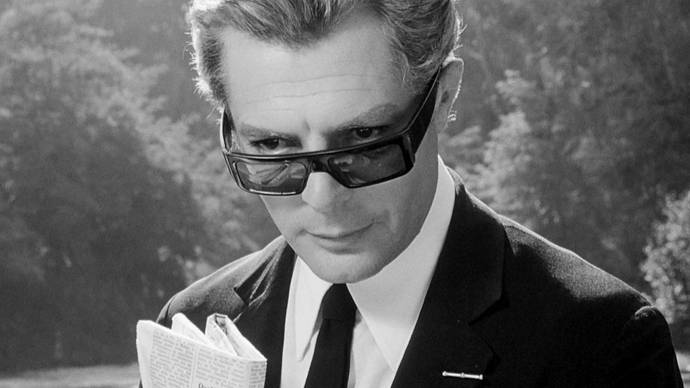
Directed by Federico Fellini
Starring Marcello Mastroianni, Anouk Aimée, Claudia Cardinale
Biography, Drama (2h 18m)
Federico Fellini wasn't a full-fledged surrealist, but he did like to dip his toe (or leg) in the field. One of his best examples is 8½, an Italian comedy-drama starring Marcello Mastroianni.
Mastroianni plays the stunted filmmaker Guido Anselmi, who struggles to get his new movie off the ground. Overwhelmed by his emotions, Guido wanders around his thoughts and the fantastical world he creates.
A soulful powerhouse of surrealism, 8½ won two Academy Awards back in the 60s. Shot in black-and-white as a hallmark of the avant-garde, its ambition is met with wit and grace.
Fellini tapped into his own experiences when crafting this snapshot into the madness—and inspiration—of life.
2. A Clockwork Orange (1971)
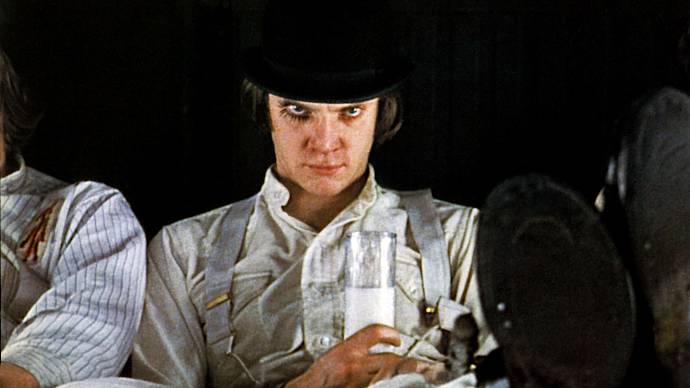
Directed by Stanley Kubrick
Starring Malcolm McDowell, Patrick Magee, Michael Bates
Comedy, Drama, Crime (2h 16m)
A Clockwork Orange is still pretty controversial despite its iconic cult status. Director Stanley Kubrick even withdrew the film from public showings in Britain until his death in 1999.
Aside from its depictions of questionable morals and intense graphic scenes, some people disliked the film simply because because it's plain weird. And by weird, we mean surrealist.
Malcolm McDowell stars as psychopathic Alex, who gets into some odd situations, including experimental correction therapy.
From the jarring Nadsat dialect (a blend of Russian and English) to the "droogs" futuristic costumes, everything about A Clockwork Orange is peculiar and absolutely surreal.
1. Being John Malkovich (1999)
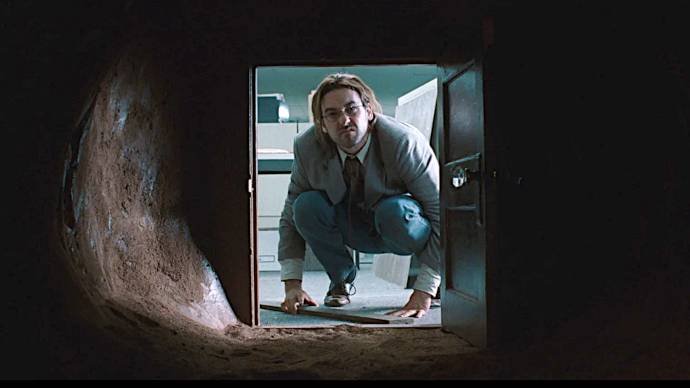
Directed by Spike Jonze
Starring John Cusack, Cameron Diaz, Catherine Keener
Comedy, Drama, Fantasy (1h 53m)
Surrealism loves to be self-reflexive, embedding intertextual references into its mixed-up world—and few films are as self-aware and satirical as Being John Malkovich (which you could probably guess from its title).
Spike Jonze directs this surreal fantasy comedy, starring John Cusack as an eccentric puppeteer named Craig Schwartz.
Craig finds work at an office with an impossibly low ceiling and, after discovering a hidden tunnel, enters a portal into John Malkovich's body. Yep, you read that right.
John Malkovich plays a caricature of himself, and he even enters the portal at one point, transporting him into a world full of Malkoviches that can only say the word "Malkovich."
It's pretty mad, yet Being John Malkovich remains a movie that everyone should experience at least once in their lifetime!
